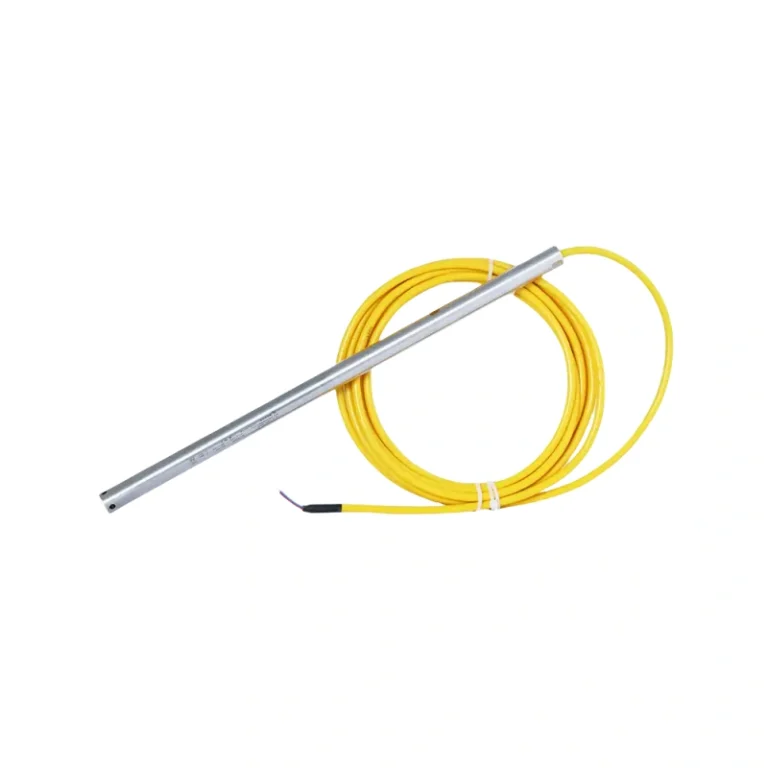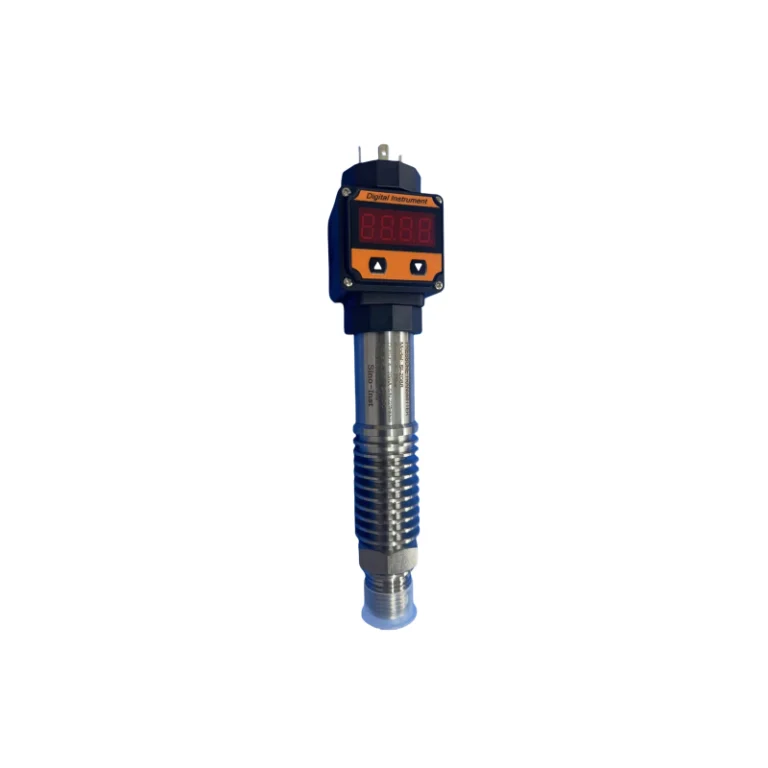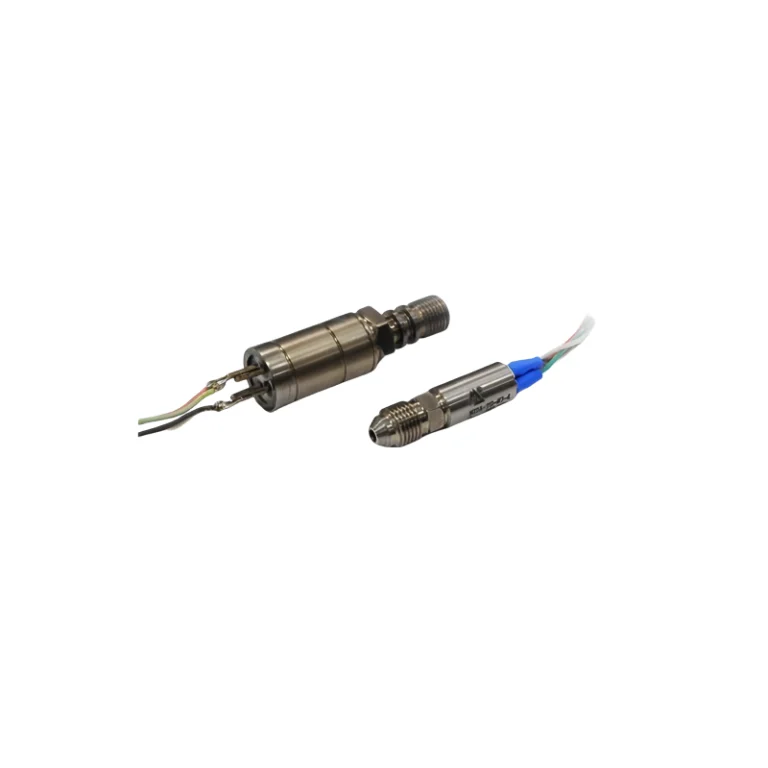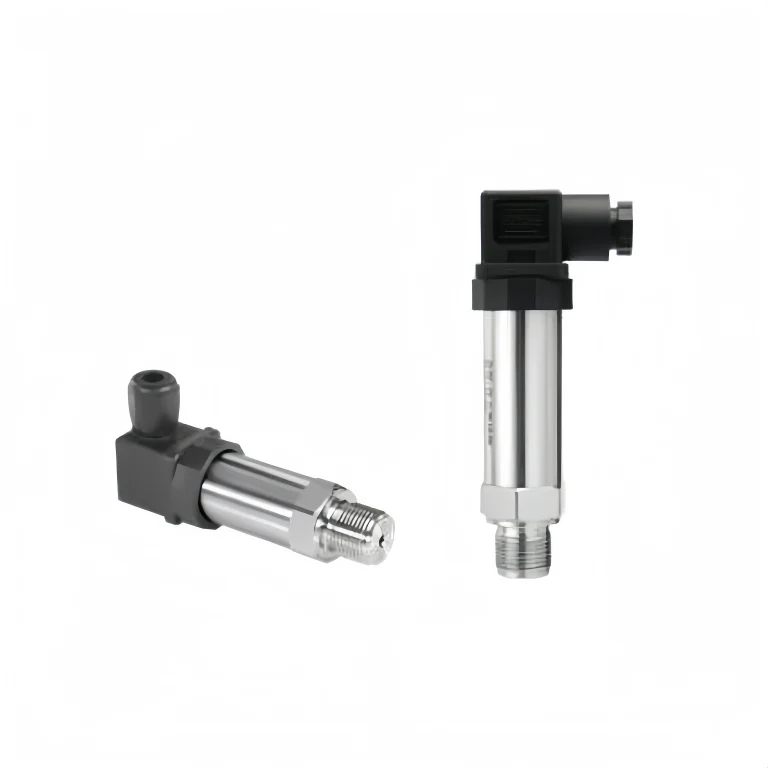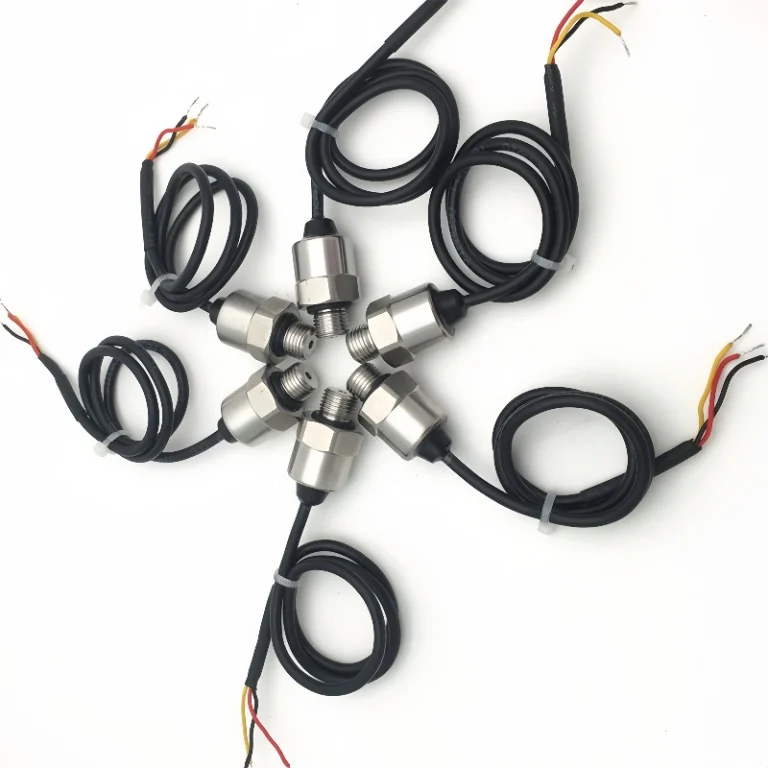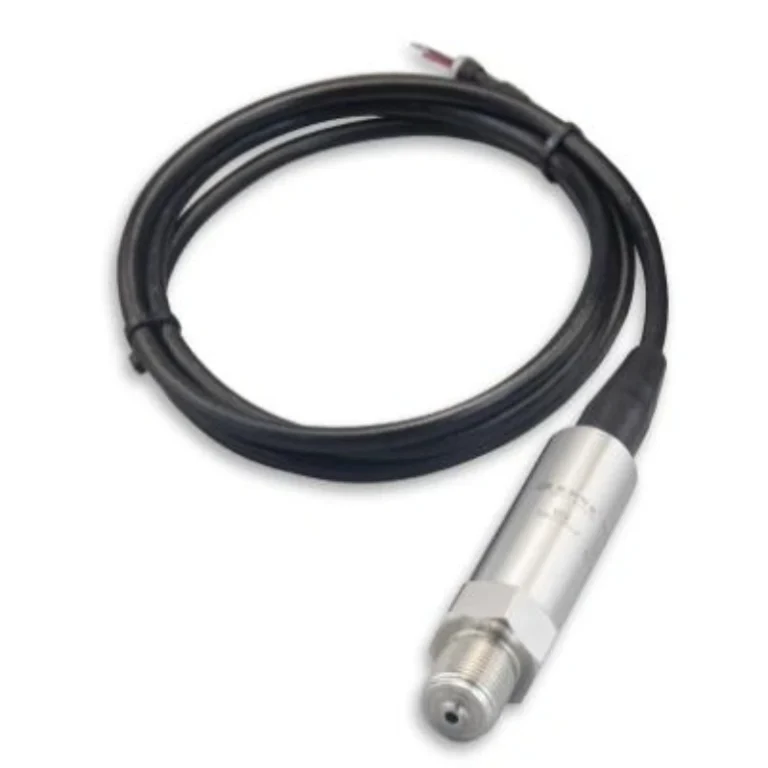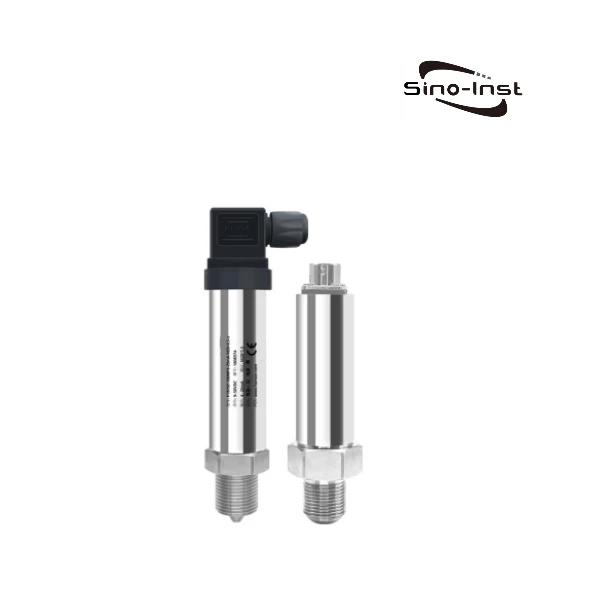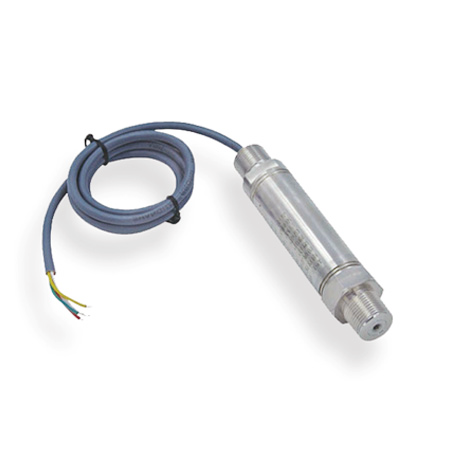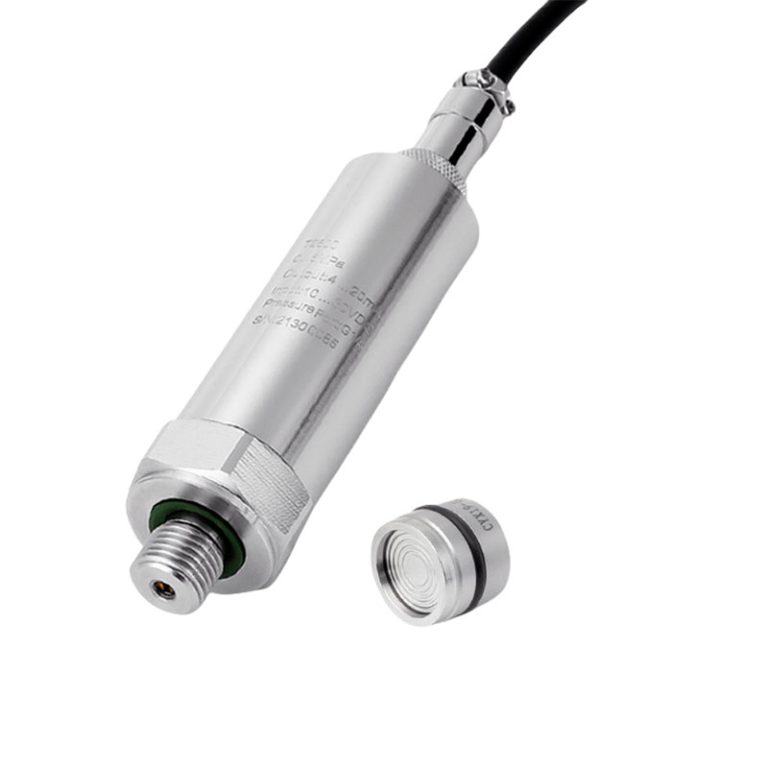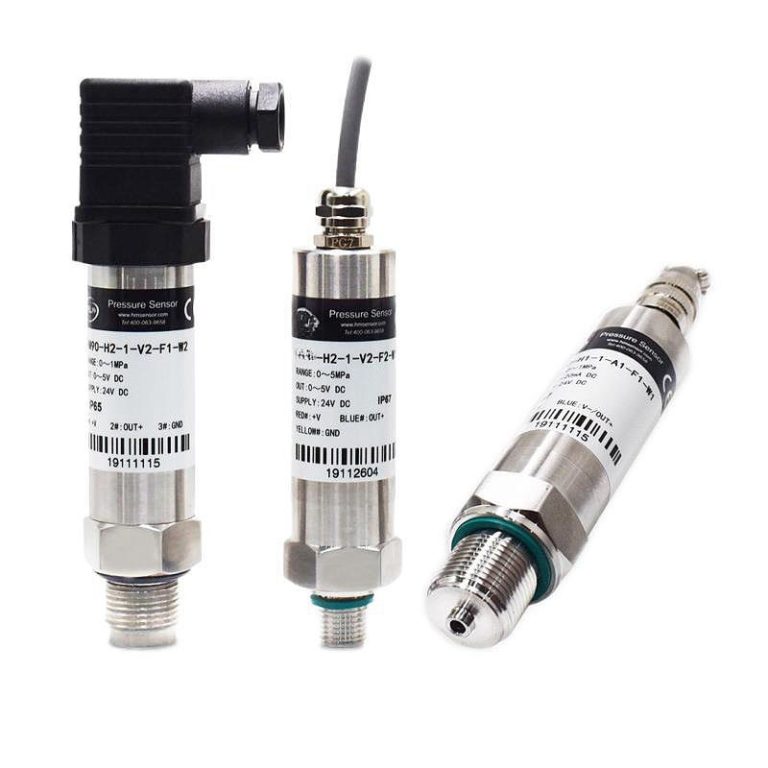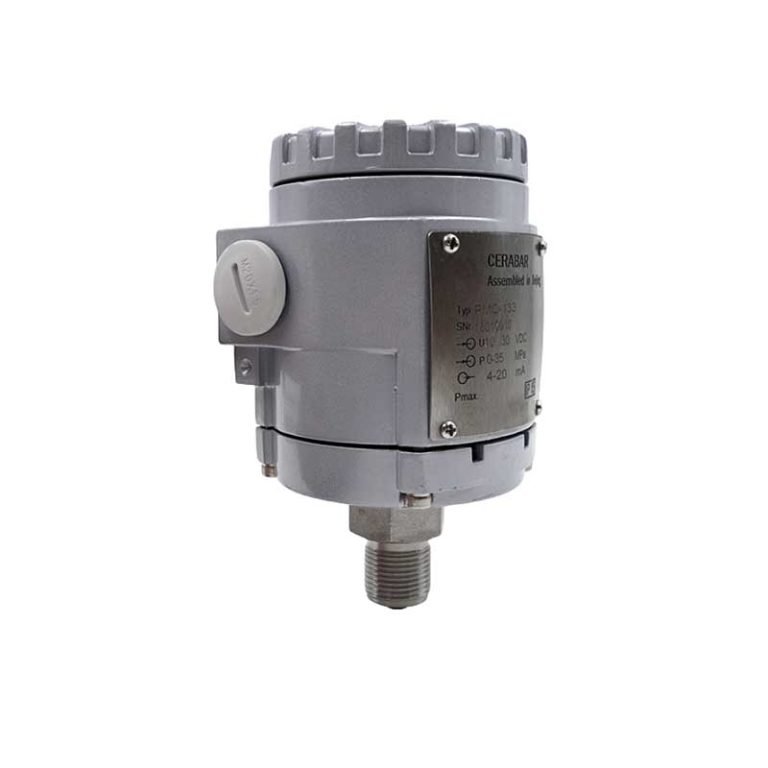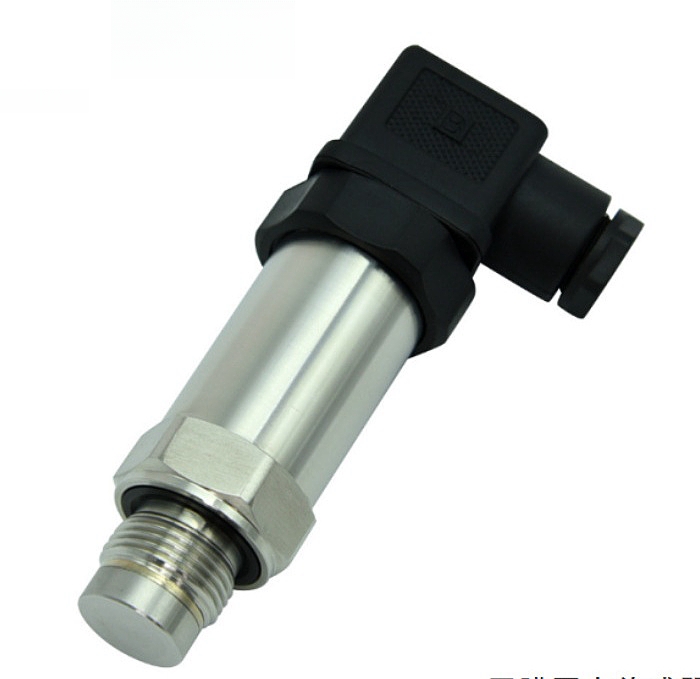Reliable Industrial Compact Pressure Transmitters
Industrial Compact Pressure Transmitters convert physical pressure parameters such as gas and liquid into standard electrical signals (such as 4~20mA, 0-10V, etc.).
● Compact structure. Can be applied to various industrial working conditions (liquid, gas, steam) measurements;
● High accuracy. Sino-Inst’s Compact Pressure Transmitters have a conventional accuracy of 0.5%. High accuracy can reach 0.1%, 0.075%;
● The pressure sensor diaphragm material can be customized. Including commonly used ones include 316L, tantalum, Harbin C, ceramics, etc.;
● Conventional pressure range -0.1~100MPa. Supports high-pressure customization such as 400MPa, 700MPa, 1000MPa, etc.;
● Conventional medium temperature range -20~85℃. Supports customization of special high and low temperatures such as -252°C, -196°C, 300°C, 500°C, 800°C, 1200°C.
● Dynamic high-frequency pressure transmitter: the natural frequency can reach 1MHz~2MHz, and the transmitter bandwidth can reach 0-200KHz.
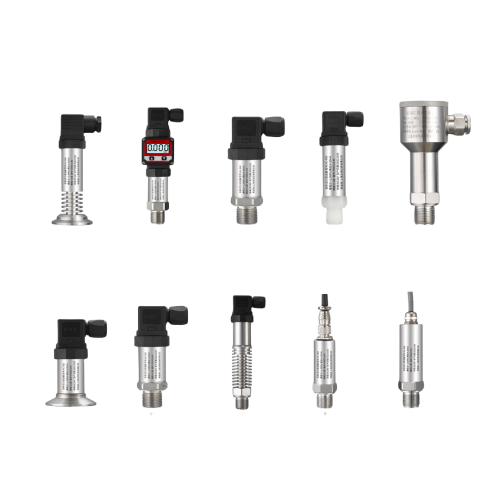
Pressure transmitters can measure a wide range of media. Can measure oil, water and pastes compatible with 316 stainless steel and 304 stainless steel. You can also choose Monel, HaC and other wetted materials.
Convert pressure signal to standard electrical signal output. Typically delivered to a control system or data acquisition device in the form of an analog signal such as current or voltage. Pressure data can be displayed in real time via the SCADA system.
The accuracy of ordinary pressure gauges is about 1.5%. The accuracy level of the pressure transmitter can reach 0.5%, 0.1%, 0.075%, etc. Therefore, the data measured by the pressure transmitter is far more accurate than the data collected by ordinary pressure gauges.
Industrial pressure transmitters provide stable measurements. There are no moving parts. It can withstand working in harsh environments and high pressure conditions, and its long-term stable operation is not easily affected.
Choose Sino-Inst High Customized Pressure Measurement
Sino-Inst manufactures and supplies pressure transmitters (Pressure Transducers) with industry-leading performance. We are committed to providing users with customized pressure measurement solutions. Optimize and improve pressure measurement efficiency!
Reliable Industrial Compact Pressure Transmitters Applications
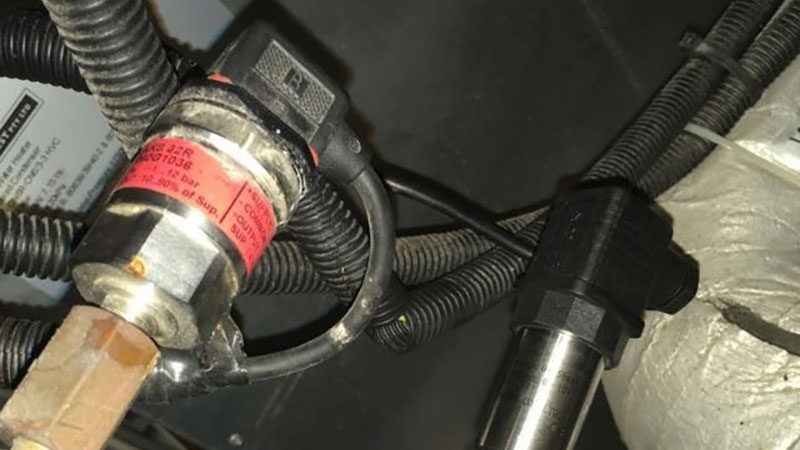
Monitoring of dynamic pressure environments
For example, high flow liquid gas pipelines. Due to the large flow rate in the pipeline being tested, there is usually a high pressure variation range. Such scenarios are common in industries such as hydraulics and gas supply.
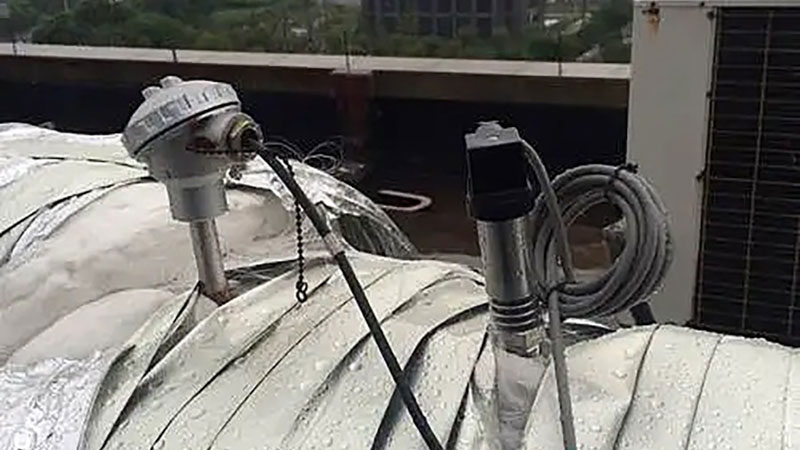
Long-term stability testing of tank internal pressure
For example, liquid storage tank and gas storage tank, pressure detection at the top or bottom of the tank. Commonly used in chemical industry and various industries with warehousing needs. Usually there is a preset prompt pressure value, and a signal needs to be sent out in time when the corresponding pressure is reached.
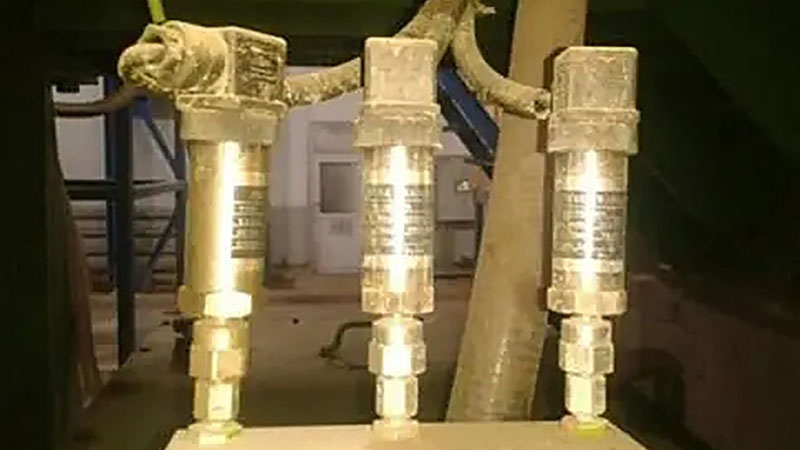
Furnace internal pressure detection in the smelting industry
For example, blast furnaces in the steel industry, kilns in the ceramics industry, etc. The temperature of the application environment is usually very high. Strict pressure control is also required. Therefore, the pressure transmitter needs to work normally at high temperatures and be able to withstand the impact of huge temperature differences.
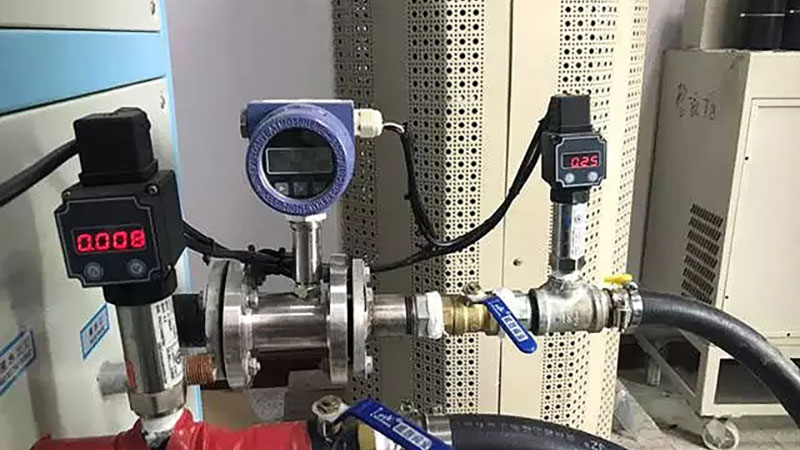
Pressure testing of large pipe networks
For example, urban gas and water supply pipeline networks. This type of application environment does not have high requirements for alignment, but it does need to have a large enough applicable pressure range. Such scenarios are common in public utility industries such as electricity and gas.
More Information
What is a pressure transmitter?
A pressure transmitter is an instrument that converts pressure variables into a transmittable standard output signal. And there is a certain continuous functional relationship between the output signal and the pressure variable (usually a linear function). For example, 4-20mA, 0-10V, 0-5V, etc.
Difference between a pressure sensor and a transmitter?
The basic principles of pressure sensors and pressure transmitters are the same, and they both measure pressure through the piezoelectric effect or the resistive effect. Most of the time, we use these two terms interchangeably.
Pressure sensors measure pressure by applying pressure to a piezoelectric material on the sensor, creating an electrical charge. It can measure various types of pressure, including liquid pressure, gas pressure, static pressure and dynamic pressure. Pressure sensors are usually made of metal or ceramic materials and have high accuracy and stability, so they are widely used in industrial and scientific fields.
The pressure transmitter converts the change in resistance value of the resistive material under pressure into an electrical signal to measure pressure. It is usually made of piezoresistive material that converts pressure into a change in resistance. Pressure transmitters are widely used in manufacturing, environmental protection, water treatment and other fields, and can measure various types of pressure.
How does a pressure transmitter work?
Pressure sensors work by sensing pressure and converting it into electricity. Piezoresistive, capacitive and diffused silicon are the most common in industrial applications.
The resistance, measured in ohms (Ω), of a piezoresistive material changes when it is strained or compressed. Piezoresistive pressure sensors consist of a micromachined silicon diaphragm in which piezoresistive strain gauges are diffused. The diaphragm is fused to a silicon or glass backing plate. Sensors contain resistors, usually arranged in the form of a Wheatstone bridge circuit. As pressure increases on a piezoresistive material, it becomes more resistant to the flow of electricity through it. This results in the output of the Wheatstone bridge (in millivolts) being proportional to the pressure.
Capacitive pressure sensors use a thin film as one plate of the capacitor. The diaphragm is usually a metal or metal-coated quartz element. One side of the diaphragm is subject to the reference pressure and the other side is subject to the process pressure. Changes in pressure cause slight deformation of the pressure sensing plate, which in turn causes changes in capacitance. These changes in capacitance are proportional to the pressure applied to the plate exposed to the process.
The pressure of the measured medium of the diffused silicon pressure transmitter acts directly on the diaphragm of the sensor (stainless steel or ceramic). This causes the diaphragm to produce micro-displacements proportional to the medium pressure. Change the resistance value of the sensor. and use electronic circuits to detect this transformation. And convert and output a standard measurement signal corresponding to this pressure.
What type of signal is a pressure transmitter?
The output signals of the pressure transmitter mainly include the following types:
1. Millivolt output: This is the most common output signal of a pressure transmitter, 0-5V, 0-10V. The output millivolt value has a linear relationship with the measured pressure, has strong stability and repeatability, and is suitable for higher precision measurement.
2. Current output: Current output pressure transmitters usually output 0~10mA or 4~20mA DC signals. This type of output signal has a linear relationship with the measured pressure and is widely used in industrial control and measurement systems.
3. Frequency output: The frequency output pressure transmitter can output a square wave signal of a certain frequency, which changes according to the pressure change. This output method has high anti-interference ability and is suitable for higher precision measurement.
4. Digital output: The digital output pressure transmitter 3 can output various digital signals, such as RS485, CAN, Hart, etc. This type of output signal has high accuracy and reliability, but requires corresponding interface circuits.
Choosing which output signal is better depends on the specific application needs and measurement requirements. For most pressure transmitters, millivolt output and current output are the most common choices. It has high stability and repeatability and is suitable for high precision measurement. For applications requiring higher interference immunity and accuracy, frequency output or digital output may be considered.
Diaphragm material of pressure transmitter
Commonly used diaphragm materials for pressure transmitters include 316L, tantalum, Kazakhstan C, ceramics, etc. The selection of diaphragm material mainly considers long-term stability, economy and compatibility.
Below we briefly analyze these materials:
- 316L: Cheap and highly economical. It is the most widely used diaphragm material. Suitable for use in alkaline environments such as room temperature nitric acid, sodium hydroxide, potassium hydroxide, sulfur dioxide, and hydrogen sulfide environments with a concentration of ≤68%;
- HaC alloy: higher price. Suitable for normal temperature phosphoric acid environment and various organic acids except HF acid. Not suitable for alkaline environments and high concentrations of sulfates and nitrates;
- Tantalum: higher price. Not suitable for hydrofluoric acid and strong alkali media, other media are applicable;
- Ceramics: cheap and highly economical. Suitable for highly corrosive media, but the long-term stability is average and the measuring range is small;
In addition to the diaphragm of the pressure transmitter, attention should also be paid to the materials of other parts of the pressure transmitter. All parts that come into contact with the material being measured must be considered whether they are compatible with the medium being measured. Such as O-rings, link interfaces, etc.

